Discover China 🌍 Yunnan Province 云南省
Yunnan (云南 – yúnnán) is a province of the People’s Republic of China, located in the southwest of the country.
Yunnan is widely regarded as the most beautiful province in China and with good reason, as you’ll find out!
It spans approximately 394,000 square kilometres and has a population of 45.7 million (as of 2009).
The name Yunnan (云南 – yúnnán) has been in use since the region was made a province under the Yuan (Mongol) dynasty (1206-1368) and its literal translation would be “The South of the Clouds”.
It denotes the location as south of the Yun Range Cloudy Mountains.
Yunnan Province | The Capital
Yunnan Province | Government & Society
Yunnan Province| Population
Yunnan Province | Religion
Yunnan Province – The Capital
The provincial capital is Kunming (昆明 – kūnmíng), also known as Yunnan because it is located in the northeast-central part of Yunnan province China.
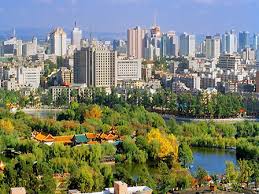
The province borders Guangxi to the southeast, Guizhou to the east, Sichuan to the north, the Tibet Autonomous Region and the countries Vietnam, Laos, and Myanmar to the northwest.
As Yunnan province is situated in a mountainous area, most of the population lives in the eastern part of the province.
The province consists of two distinct regions separated by the Ailao Mountains (哀牢 – Āiláoshān) – the canyon region to the west of it and the Yunnan-Guizhou (Yungui) Plateau region to the east.
Yunnan remained an under developed region until relatively recent times. Much of the province is still fairly under developed and isolated.
However, it’s economic, political, and cultural integration into the whole of China is essentially complete.

9 Travel Tips for Beijing 🧳 – A Useful List for 2020
With long history, rich culture and nice people, Beijing is a city which deserves several days of your time.
Yunnan Province – Government And Society
Yunnan’s administrative divisions are hierarchically organized.
Immediately below the province level, there are eight prefecture-level municipalities (地级市 dìjíshì) and eight autonomous prefectures (自治州 zìzhìzhōu).
At the next lower level there are districts under municipalities (市辖区 shìxiáqū), county-level municipalities (县级市 xiànjíshì), counties (市县 shìxiàn), and autonomous counties (自治县 zìzhìxiàn).
The lowest political units are the villages and towns.
Yunnan Province – Population and Culture
Yunnan’s population is noted for the great complexity of its ethnolinguistic groups.
Outside of the Han (汉) ethnic group, there are a large number of Hui (回 Chinese Muslims), the descendants of the immigrants sent in by China’s rulers to help govern the province after the 13th century.
The non-Han population of Yunnan remains substantial until nowadays; in addition to the Hui this territory comprises of more than 50 recognized ethnic minority groups.
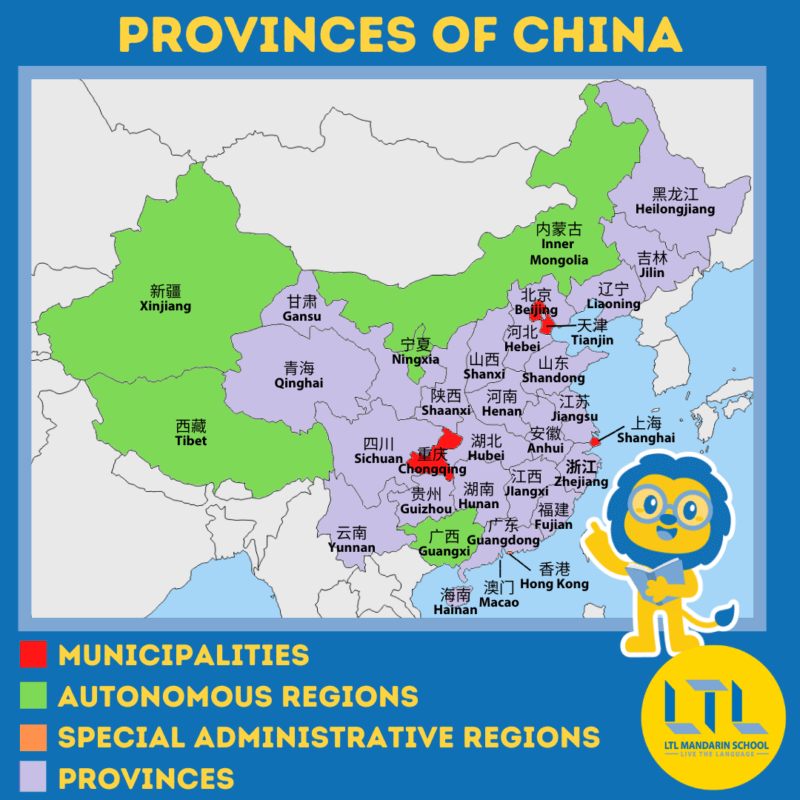
After the Hui group, the second largest in population are the Bai (白族 báizú), based in the northwest of Yunnan.
Linguistically, they belong to the Tibeto-Burman group.
Other peoples in the Tibeto-Burman linguistic family are the Hani, Lisu, and Lahu of the Yi subgroup.
Also the Naxi, part of the Xifan group, the Tibetans, who inhabit the northwest corner of the province and the Jingpo, who speak the same language as the Kachin of northern Myanmar.
A second major linguistic family represented in Yunnan is the Tai group.
Another important linguistic group is the Mon-Khmer, represented by the Wa.
BONUS – Learn more about the 300+ Languages Spoken in China in this lengthy yet easy to understand article.

Learning Shanghainese 📖 Alex’s Journey
Follow Alex’s journey as he aims to add Shanghainese to his long list of languages. Can he crack Shanghainese, how different is it from Mandarin?
Yunnan Province – Religion in Yunnan
The province of Yunnan has about 4 million believers of the five religious government-sanctioned organised doctrines of China.

Because of the variety of ethnic minorities present in this region almost the 90% of the population belonging to a different religious group. Of these:
- 6% of the total population are Buddhists (Tibetans practice Tibetan Buddhism)
- 1.4% are Muslims
- 1.2% are Protestants
- 0.5% are Taoists
- 0.1% are Catholics
Yunnan Province – History
Under the Tang dynasty (618–907 CE) a Dai kingdom, known as Nanzhao, flourished in the Dali region.
First sanctioned as a bulwark against Tibetan incursions, Nanzhao eventually threatened Chinese power, which declined during the Five Dynasties (Wudai 五代) period (907–960) and the Song dynasty (960–1279).
The Mongols destroyed Nanzhao in 1253, and, having named the area Yunnan, they made it a province of Yuan China in 1276.
The Venetian traveler Marco Polo visited the region in the latter part of the 13th century.
The Han Empire first recorded diplomatic relations with the province at the end of the 2nd century BC.

It became the seat of a Sino-Tibetan-speaking kingdom of Nanzhao in the 8th century AD.
Nanzhao was multi-ethnic, but the elite most-likely spoke a northern dialect of Yi.
The Mongols conquered the region in the 13th century, with local control exercised by warlords until the 1930s.
From the Yuan dynasty onward, the area was part of a central-government sponsored population movement towards the southwestern frontier, with two major waves of migrants arriving from Han-majority areas in northern and southeast China.
Japanese occupation in the north during World War II forced another migration of majority Han people into the region.
These two waves of migration contributed to Yunnan being one of the most ethnically diverse provinces of China, with ethnic minorities accounting for about 34 percent of its total population.
Major ethnic groups include Yi, Bai, Hani, Zhuang, Dai and Miao.

Simplified or Traditional Chinese? Which One Is Right For Me in 2025?
Simplified Chinese vs Traditional Chinese 🤔 This will depend on your goals and where you want to study or live. Let’s help you decide.
Yunnan Province – Geography and Climate
Despite its tropical latitude, the eastern plateau region is noted for its moderate temperatures.
Because of the high elevation, summers are cool and winters are mild. June–July temperatures average 22 °C.
December–January temperatures average are around 9 °C. Yunnan is the most southwestern province in China, with the Tropic of Cancer running through its southern part.
Yunnan has the greatest variety of biological resources among the Chinese provinces, and it includes plants from tropical, subtropical, temperate, and alpine growing zones.
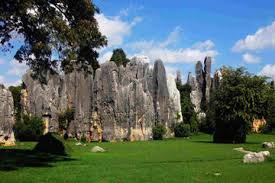
About half of Yunnan’s total area is forested (including areas covered in shrubs).
Yunnan is also foremost among the Chinese provinces in its variety of animals.
Yunnan has numerous famous mountains, lakes and rivers, and cultural relics, and tourism has flourished in the province since the late 1990s.
The historical old town section of Lijiang city, which embraces a mixture of several cultural traditions, it has been a UNESCO World Heritage Site since 1997.
Also were collectively named a World Heritage site in 2003 The Watersheds of the three major rivers of western Yunnan.
Other national-level tourist spots include Lake Dian at Kunming, the Shilin (“Stone Forest”) a series of karst outcrops east of Kunming landscape at Lunan (designated, with other karst areas in the region, a World Heritage site in 2007)…
Chongsheng Temple (with its three pagodas) and Lake Er at Dali, the volcanic and scenic landscape around Tengchong, and the natural landscape and access to the Dai culture centred on Jinghong in the Xishuangbanna region.
Yunnan Province – Travel and Tourism

Yunnan Province, due to its beautiful landscapes, mild climate and cultural diversity, is one of China’s major tourist destinations.
Tourist centres in Yunnan include:
- Dali, the historic center of the Nanzhao and Dali kingdoms.
- Chuxiong, the first stop on the way to Dali and Lijiang. Home of the Yi ethnic minority and their respective ancient town.
- Jinghong, the center and prefectural capital of the Xishuangbanna Dai minority autonomous prefecture.
- Lijiang, a Naxi minority city.
- Xamgyi’nyilha County (also known as Shangri-La and formerly Zhongdian), an ethnic Tibetan township and county set high in Yunnan’s northwestern mountains.
- Shilin (Stone Forest).
- Yuanyang, a Hani minority settlement with vast rice-terraced mountains.
- Xishuangbanna, a national scenic resort, noted for its natural and cultural attractions.
Related Articles

Yunnan Food Guide
If you’re visiting Yunnan or going to Yunnan restaurant then check out our guide to Yunnan food, complete with the must try dishes!
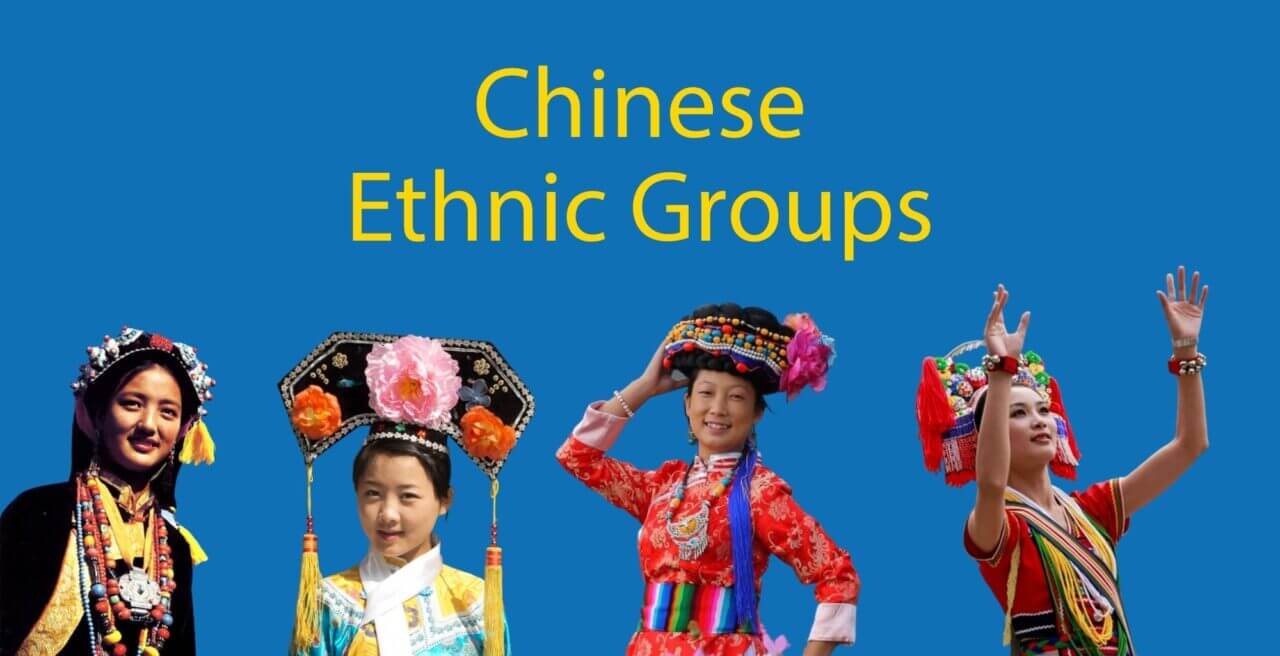
Chinese Ethnic Groups
Learn more about some of the 56 Chinese ethnic groups in China, how they differ and how some are truly unique.
YUNNAN – FAQs
Where is Yunnan
It is located in the southwest of China.
How do you spell Yunnan in Chinese?
Yunnan is 云南 – Yúnnán
What is the capital of Yunnan?
The provincial capital is Kunming (昆明 – Kūnmíng), also known as Yunnan because it is located in the northeast-central part of Yunnan province China.
Do they speak Mandarin in Yunnan?
Yes although there are a number of local dialects also on show.
Is Yunnan popular with tourists?
Absolutely. There are many incredible sights in Yunnan which are popular with Chinese tourists and foreign ones likewise.
Want more from LTL?
Want to learn Chinese from the comfort of your own home? Then our 24/7 online Chinese lessons might be the thing for you.
We offer a 7 day free trial to all new online students where you can study Mandarin 24/7.
Come and check it out free of charge and see what you think!
If you wish to hear more from LTL Language School why not join our mailing list?
















 Hi, my name is Manuel! I am from Spain and I am a Student Advisor at LTL. I’m now based at our Seoul School after living 3 years in Taipei.
Hi, my name is Manuel! I am from Spain and I am a Student Advisor at LTL. I’m now based at our Seoul School after living 3 years in Taipei. Hi, my name is Mojca! I am from Slovenia in Europe and I work as a student advisor at our Shanghai school.
Hi, my name is Mojca! I am from Slovenia in Europe and I work as a student advisor at our Shanghai school.



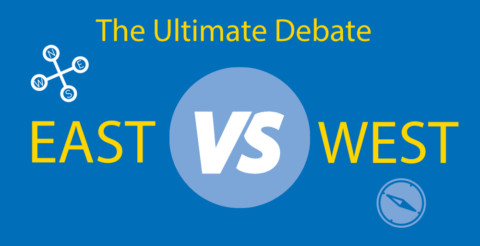

2 comments
Most beautifull province of all
Hard to argue with you there Kelechi!